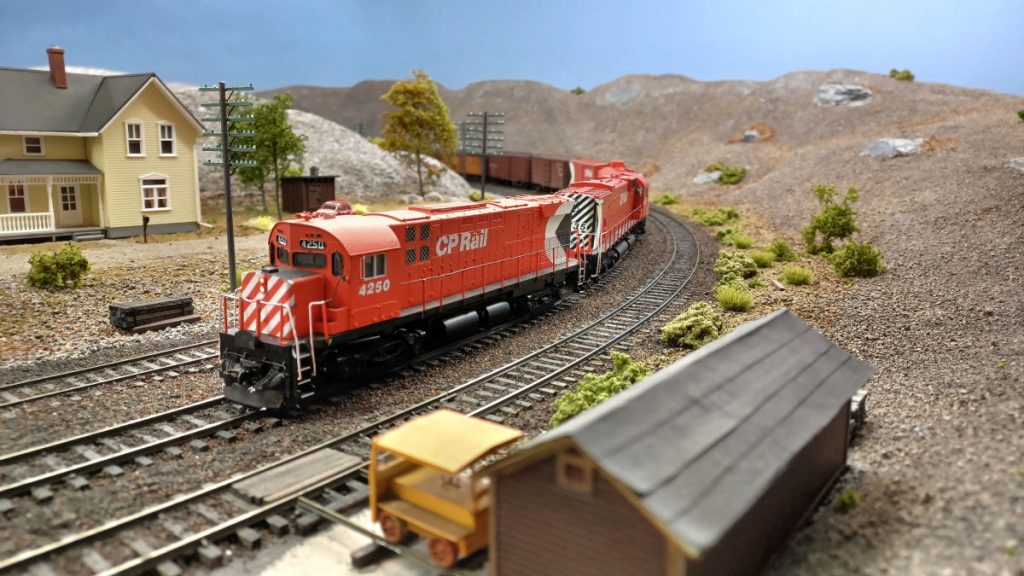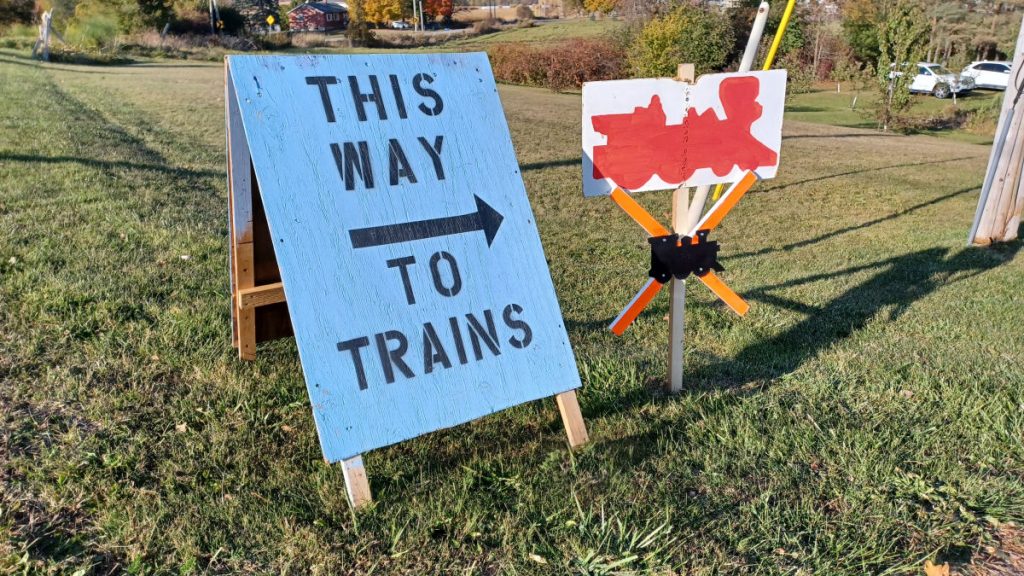INTERLOCKING RULES
Note: Whenever the word “signalman” appears herein, it applies to the employee performing the duties.
605. Interlocking signals govern the use of the routes of an interlocking, and as to the movements of trains within interlockings, their indications supersede the superiority of trains but do not dispense with the use or observance of other signals whenever and wherever they may be required.
605A. Unless otherwise specified in special instructions, rear flag protection is not required within interlocking limits.
611. Unless otherwise provided, signals must be kept in the position displaying the most restrictive indication, except when displayed for an immediate movement.
612. Appliances must be operated carefully and only by those charged with the duty. If any irregularity affecting their operation is detected, the signals must be displayed to give their most restrictive indication until repairs are made. Any defects must be promptly reported to the superintendent.
613. When a route is set, signals must be operated sufficiently in advance of approaching trains or engines to avoid delay.
615. When necessary to change any route for which the signals have been cleared for an approaching train or engine, switches, moveable point frogs or derails must not be changed or signals cleared for a conflicting route until the train or engine for which the route was first cleared has been brought to a stop.
616. The lever operating a switch, derail, moveable point frog, detector bar or lock must not be moved when any portion of a train or engine is standing on or closely approaching the switch, moveable point frog or derail.
617. Operating levers must be blocked or marked and should not be used when a track, switch or signal is undergoing repairs or when a track is obstructed.
618. During cold weather the operating levers must be moved as often as may be necessary to keep connections from freezing. The use of salt is forbidden.
619. If the force whose duty it is to keep switches clear when snow or sand is drifting is not on hand when required, the fact must be reported to the superintendent.
621. Signalmen must observe, as far as practicable whether the indications of the signals correspond with the positions of the levers.
622. Signalmen must not make nor permit any unauthorized repairs, alterations or additions to the interlocking.
623. If there is a derailment, or if a switch, moveable point frog or derail is run through, or if any damage occurs to the track or interlocking, the signals must be restored to display their most restrictive indication and no movement permitted until all parts of the interlocking and track liable to consequent damage have been examined and are known to be in safe condition.
624. When necessary to disconnect a switch, moveable point frog, derail, facing point lock, detector bar or electric locking circuit, all switches, moveable point frogs and derails affected must be securely spiked or fastened in the required position and the levers locked or marked in such a manner that they cannot be operated before any train or engine is permitted to pass over them.
625. When switches, moveable point frogs, derails or signals are undergoing repairs, Stop indication must be displayed for any movement which may be affected by such repairs until it has been ascertained from those in charge of the repairs that the switches, moveable point frogs and derails are properly lined and secured for such movement.
626. Signalmen must , as far as practicable, observe all passing trains and note whether they are complete and in order. Should there be any indications of conditions endangering the train, or any other train or engine, the signalman must take such measures for the protections of other trains as may be practicable.
628. Hand signals must not be used when the proper indication can be displayed on interlocking signals.
631. Lights in interlocking stations must be so placed that they cannot be seen from approaching trains.
633. If a train or engine overruns a signal indicating STOP, the fact must be immediately reported to the superintendent. In case of apparent disregard of signals by trains or engines, signalmen must, if practicable, see if proper indication was displayed.
634. Signalmen must not permit unauthorized persons to enter the interlocking station.
When a signalman is relieved, he must transfer all necessary information.
637. A running switch movement must not be made within interlocking limits.
661. If a signal indication permitting a train or engine to proceed, after being accepted, is changed to a STOP indication before it is reached, the stop must be made at once. Such occurance must be reported to the superintendent.
663. A train or engine must not pass an interlocking signal indicating STOP until conductor or engineman has been fully informed of the situation, or hand signal has been received from the signalman. Movement may then be made at restricted speed. Yellow flags by day and yellow lights by night will be used by signalmen giving hand signals. Such occurance must be reported to the superintendent.
667. Sand must not be used, nor water allowed to run from engine appliances within interlocking limits.
669. Trains or engines stopped by signalman in making a movement through an interlocking must not move in either direction until they have received the proper signal from him.
670. A reverse movement within interlocking limits, or a forward movement after making a reverse movment, must not be made without the proper interlocking signal indication, or permission is received from the signalman.
670A. When a train or engine having accepted an indication of an interlocking signal permitting it to proceed stops within thirty feet after passing such signal it must not again proceed without permission from the signalman or under the provision of Rule 672.
671. When an interlocking station is closed, should a signal for an open route indicate STOP, train and engine crews must know that the route for their train is properly lined and be assured they are protected against movements on conflicting routes, after which train may proceed at restricted speed. The fact must be reported to the superintendent from the first available point of communication.
672. When a train or engine is stopped by the STOP indication of an automatic interlocking signal, and no immediate conflicting movement is evident, a member of the crew must proceed to the crossing and unlock box marked switches and be governed by instructions posted in the box. In boxes where lights are provided to indicate the approach of trains, if those of the opposing railway are lighted and no train is seen approaching, he will open the switch and give proceed hand signal to his train. If lights are not provided, or if those of the opposing railway are not lighted, such employee, after opening the switch, must wait three minutes before giving his train signal to proceed. After his train has occupied the crossing, he will close the switch and lock box.
At automatic interlocking where push buttons are provided on signals to enable a return movement to be made over the crossing while switching, trainman will unlock box and push button. If signal does not clear, he must comply with instructions in preceding paragraph.
Special instructions will be issued as may be necessary.
673. When a train is running against current of traffic it must approach interlocking limits under such control as to be able to stop at a dwarf signal indicating stop.


